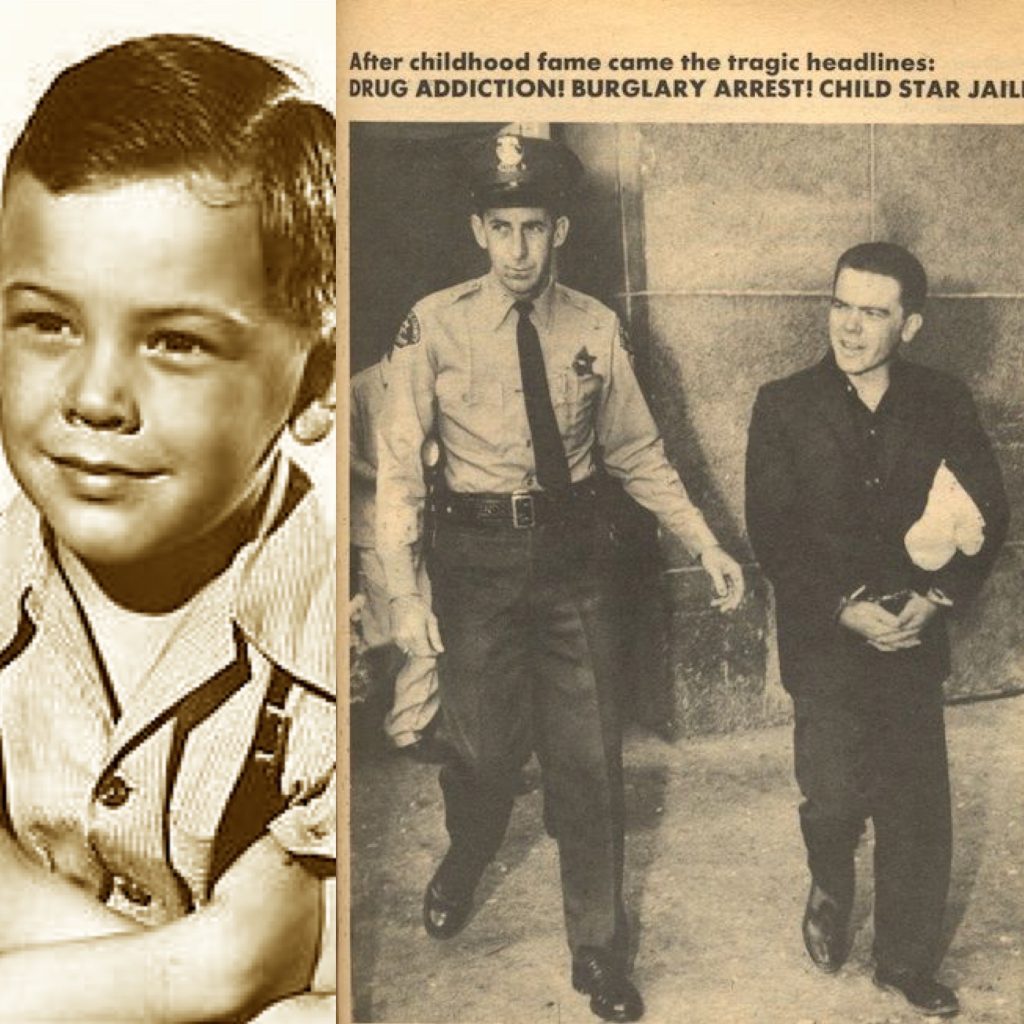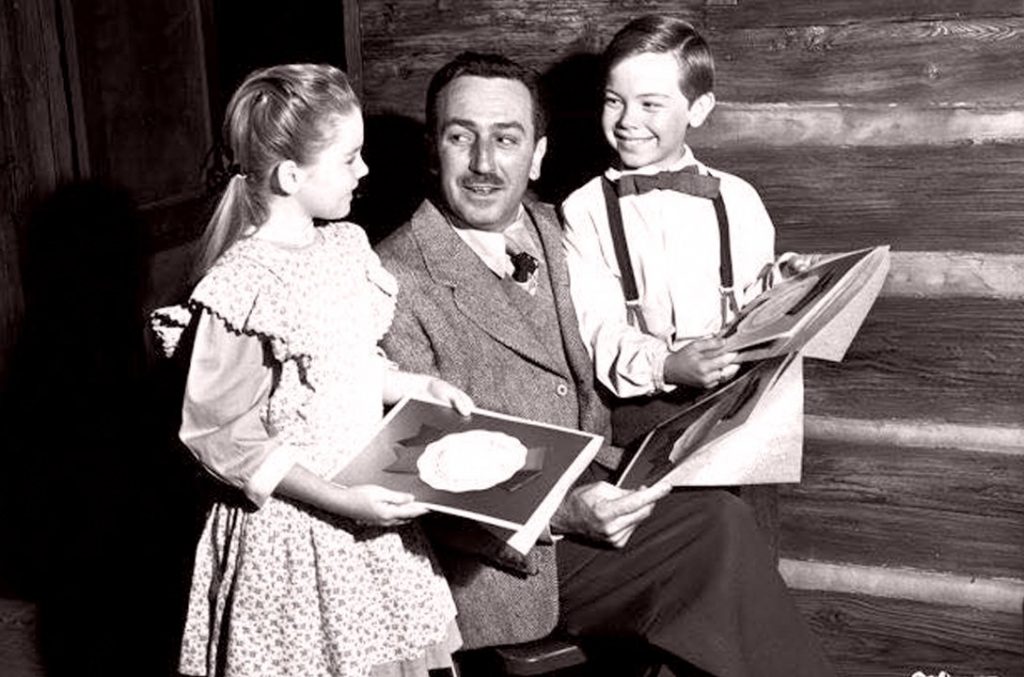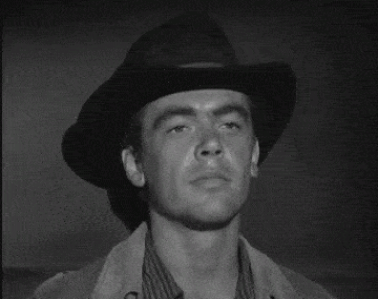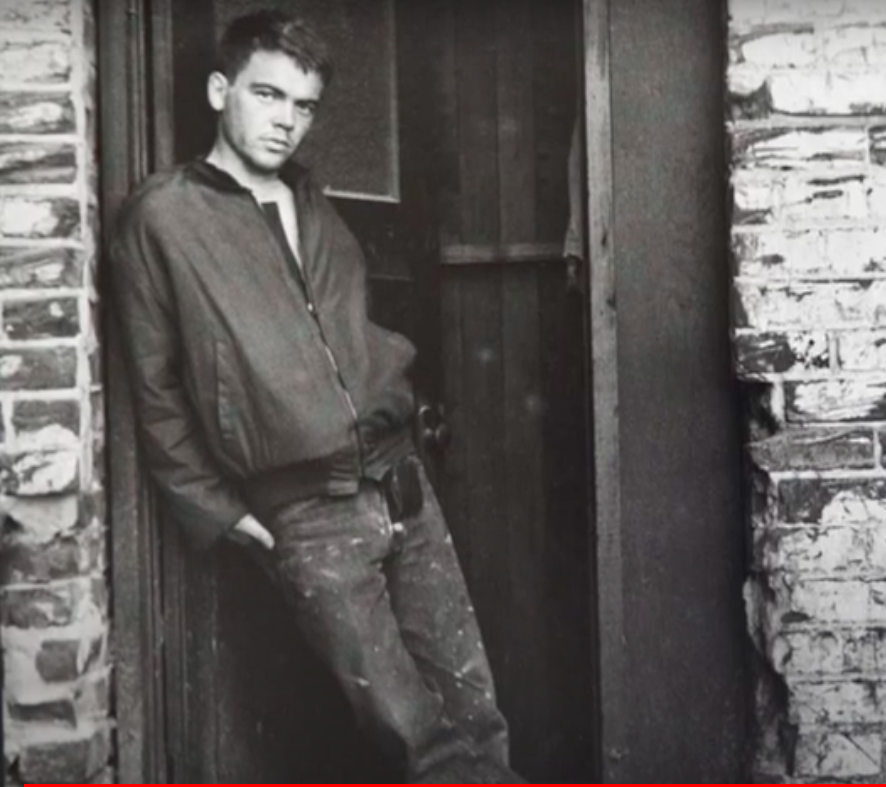Flashback Friday: Bobby Driscoll, Disney’s First Tragic Child Star.

It’s a cliche now- an adorable child, chubby-cheeked and bright eyed, is introduced to the world on a movie or TV screen. The kid dances or sings, prances and giggles, and steals scenes… along with hearts.
Then somewhere in their teens, things take a turn. Baby fat and innocence are lost. There are reports of wild behavior, drunkenness or drugs. Speeding tickets turn into DUIs. Cringey appearances on red carpets or late night talk shows occur regularly. There are tabloid covers, meltdowns in front of nightclubs, and some court appearances. Fans are left wondering, “What happened?”
Some of the troubled young stars straighten out in their 20s (Miley and Justin), while others continue to battle demons for decades (Britney). To be fair, some former child stars never really spiral out at all (Raven-Symone). Others… don’t make it (Dana Plato, Corey Haim, River Phoenix, Brad Renfro…).
As someone who grew up watching, The E! True Hollywood Story, I know there’s a ridiculously long history of tragic child stars. Ever see what happened with the cute tots of The Little Rascals? I mean that messiness went down in the 1930s. But I can’t recall hearing about the sad tale of Bobby Driscoll until rather recently. He is mentioned in Karina Longworth’s You Must Remember This podcast series on Disney’s controversial film Song of The South, but his story really didn’t jump out at me until I read Untouchable: The Strange Life and Tragic Death of Michael Jackson by Randall Sullivan. From the book:
“The most famous child star of the late 1940s and early 1950s, Driscoll had for years been an icon of Jackson’s who rivaled Shirley Temple in importance. Bobby was the first actor Walt Disney ever put under contract, to play the lead character in 1946’s Song of the South. His best-known role would be as Jim Hawkins in Disney’s 1950 version of Treasure Island, but for Michael Jackson the most important part the boy had ever played was for Disney’s 1953 animated film Peter Pan. ”
Michael’s love of Peter Pan is well-known, but not so much his love of Driscoll’s perky nostrils. Sullivan makes the case that MJ actually got a prosthetic shaped like Bobby’s nose and wore it in the early aughts.
“Along with the acquisition of his nose, Michael had become a student of Bobby Driscoll’s sad and lonely life. He knew all about the disappointments the young actor had suffered when the film part he had been promised as Tom Sawyer failed to materialize, and how crushed Bobby Driscoll had been when he met with Walt Disney after the release of Peter Pan and was told by his employer that he was probably more suited these days for roles as a young bully than for the part of an appealing protagonist. Nothing about Bobby Driscoll’s life made Michael identify with him more than learning that the young actor’s contract with Disney had been canceled immediately after his sixteenth birthday, because, according to a studio press release, the severe case of acne he had developed made him unwatchable. Michael knew all about how the teenage Bobby Driscoll had bounced around after that between various Los Angeles–area high schools, teased and tormented by other kids as a has-been who had played a bunch of cornball parts in hokey family films.”

“He knew that Driscoll had begun to experiment with heroin when he was seventeen, was busted for possession of marijuana at the age of nineteen, then arrested for assault with a deadly weapon after he pistol-whipped a pair of hecklers, and incarcerated in 1961, at the age of twenty-four, in the California Institution for Men in Chino. Michael described for friends how, upon his release, Bobby tried to reinvent himself as an adult actor named Robert Driscoll, but met with little success. Michael had even researched Driscoll’s 1965 relocation to New York, where he tried to find work on the Broadway stage and, failing that, joined Andy Warhol’s Greenwich Village art community, the Factory. Driscoll’s collages and cardboard mailers were considered outstanding by some people (and would be exhibited at the Santa Monica Museum of Art) but never earned him more than a few pennies, and Bobby was flat broke by the time he left the Factory in late 1967.”

“A few months later, shortly after Driscoll’s thirty-first birthday, two boys playing in a deserted East Village tenement found his lifeless body, but there was no identification on it, and photographs circulated through the neighborhood failed to turn up even a single person who recognized the dead man. The anonymous corpse was buried at Potter’s Field. “His own family didn’t know that he was the one in the pauper’s grave with a heroin overdose,” Michael would marvel. “featured display. In the meantime, though, all that was left of Bobby Driscoll, besides those early Disney films, was the nose on Michael Jackson’s face.”


For more on Bobby Driscoll, see below.
